Zeroid at work: science behind the brand

The skin is vital not only for enhancing a person's appearance but also for safeguarding and promoting overall health.
Comprising approximately 70% water, the human body relies heavily on the skin to retain adequate moisture levels. If the skin fails to maintain this hydration, it can lead to serious health issues. Furthermore, the skin acts as a protective shield, preventing harmful substances from entering the body from the surrounding environment. In this context, the skin barrier is crucial; it ensures that the skin remains healthy while keeping internal compounds from mixing with external agents.
To illustrate, think of the skin barrier like the cement that binds bricks to create a wall. Just as cement fills the gaps between bricks to ensure strength and stability, corneocytes (the outermost dead skin cells) and lipid molecules work together to fortify the skin barrier by filling in the spaces between these cells. This intricate network not only helps maintain the skin's integrity but also plays a significant role in overall health, highlighting the importance of caring for our skin.
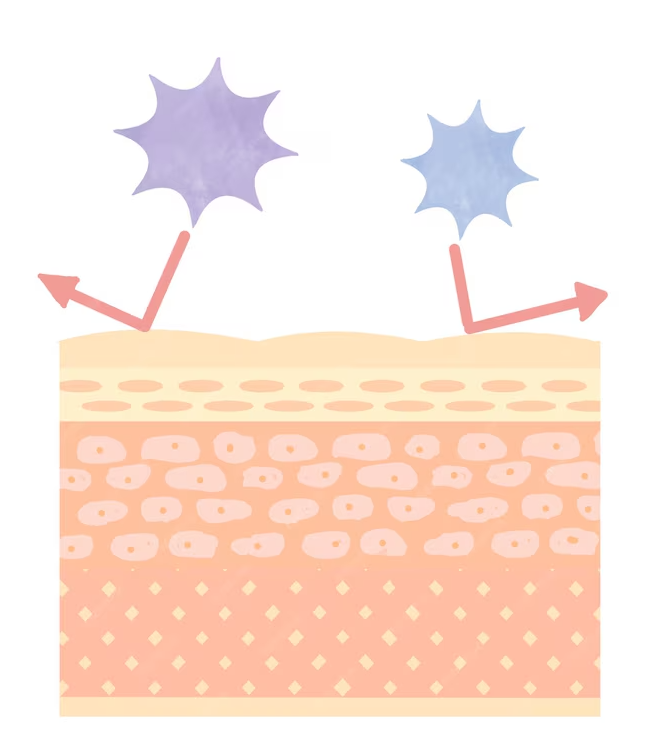
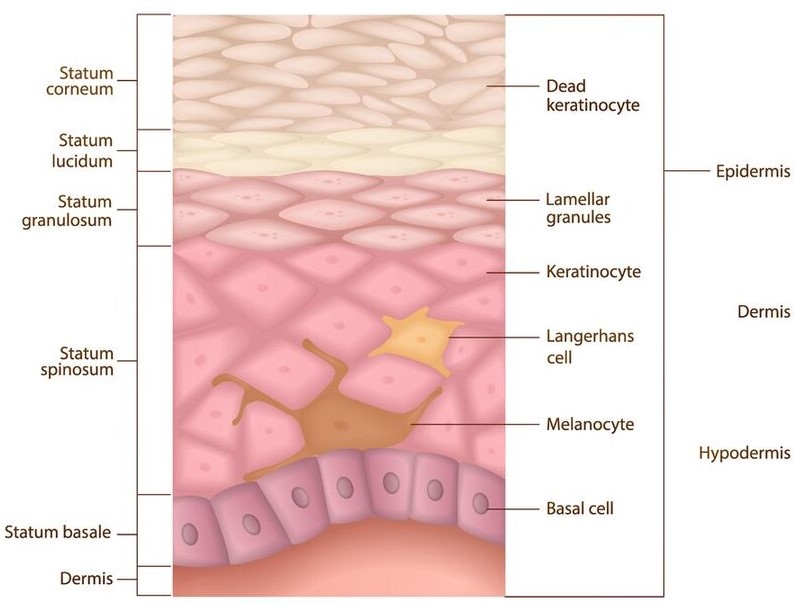
The skin constantly renews itself throughout a person’s life, maintaining its thickness and essential functions. New skin cells are produced in deeper layers and eventually surface as dead skin cells. These cells shed approximately every four weeks, making way for fresh cells.
The outermost layer of the skin, known as the stratum corneum, is made up not only of these dead cells but also of lipids, which act like a natural glue to hold the cells together. Think of lipids as oily substances that don’t mix with water. They are carefully arranged in the stratum corneum to help prevent moisture from escaping and to block harmful substances from entering the body.
When scientists examine the lipid structure in the stratum corneum with an electron microscope, they find it organized in a specific pattern with multiple layers stacked side by side. This arrangement is known as a lamellar structure. Thanks to this unique layering of lipids, water and other potentially harmful elements from the environment have a tough time penetrating the skin. This protective feature is crucial for maintaining healthy skin and overall well-being.
Dry skin is a common sign of a damaged skin barrier. When the skin is dry, it tends to lose water easily, which makes it more sensitive to irritation and allergens from the environment. This can lead to discomfort and skin reactions. One key component that is often lacking in dry skin is ceramide, which is essential for maintaining a healthy skin barrier. Without enough ceramide, the skin cannot form a normal protective structure, known as the lipid lamellar structure.
Both dry and sensitive skin often show low levels of ceramide or have irregular lipid structures. This lack can lead to a variety of skin issues. To address this, many skincare products have been developed to deliver ceramide to the skin to help restore its barrier function. However, just adding ceramide is not always enough to fully repair the skin's protective layer.
Using moisturizers designed with a lamellar structure can significantly improve the skin barrier's ability to heal and function properly. These specialized products help mimic the skin's natural lipid layers, providing better support and hydration for healthier skin overall.
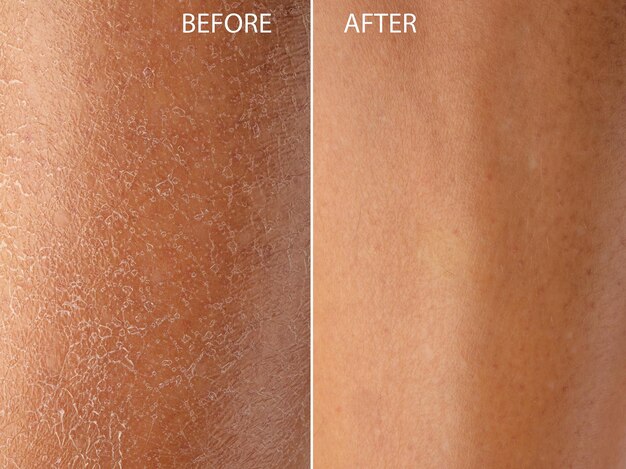
As awareness of ceramide's vital role in maintaining a healthy skin barrier has grown, many efforts have focused on incorporating ceramide into skincare. One such innovation is Ceramide-9S, developed exclusively by Neopharm. This particular ceramide can form a lamellar structure that closely resembles the natural lipids found in healthy skin.
Neopharm’s patented formula utilizes Ceramide-9S to recreate this lamellar arrangement, which helps to strengthen the skin barrier, safeguard sensitive and dry skin, and boost hydration levels.
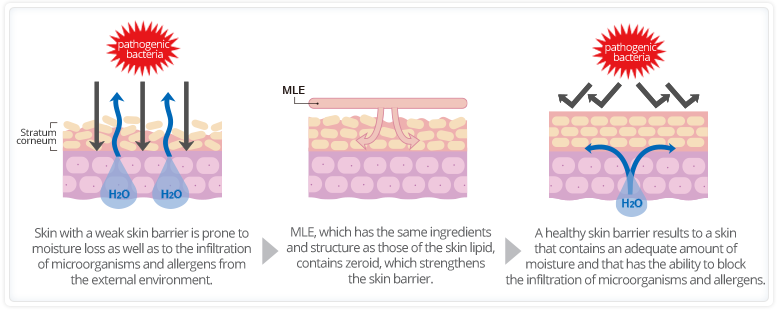
When viewed under a polarizing microscope, substances reveal distinct patterns based on their structures. For instance, skin lipids dispersed in water exhibit a unique Maltese cross liquid formation. Similarly, the MLE (Multi-lamellar Emulsion) formula from Zeroid also displays this Maltese cross pattern, demonstrating that its structure is remarkably similar to that of skin lipids. This provides scientific validation of the MLE formula's effectiveness in mimicking the natural properties of the skin barrier.
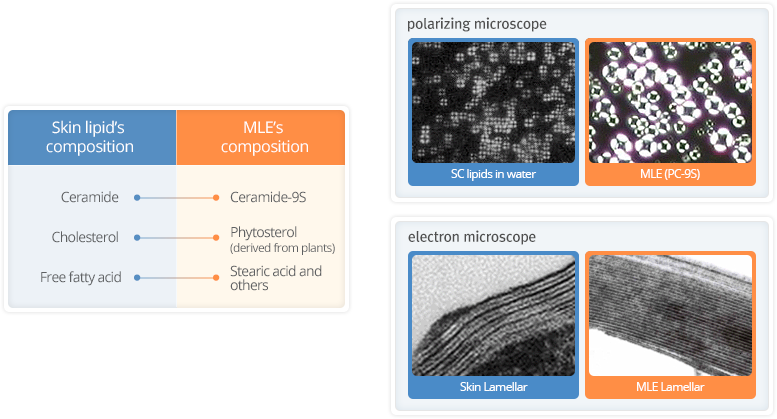
Finally, Defensamide helps boost the production of antimicrobial peptides (AMPs), which are natural antibiotics found in our bodies. These peptides work to prevent the growth of harmful bacteria, such as Staphylococcus, on the skin. By strengthening the skin's defense system, AMPs help protect against infections without contributing to antibiotic resistance, making them safe for regular use.
As a natural part of our immune system, AMPs fight off bacteria, viruses, and fungi that can cause skin infections. They also enhance the skin’s natural ability to defend itself, playing a crucial role in keeping the skin balanced and healthy.
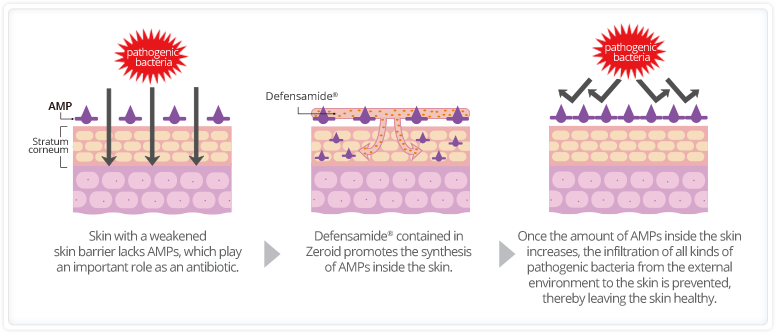


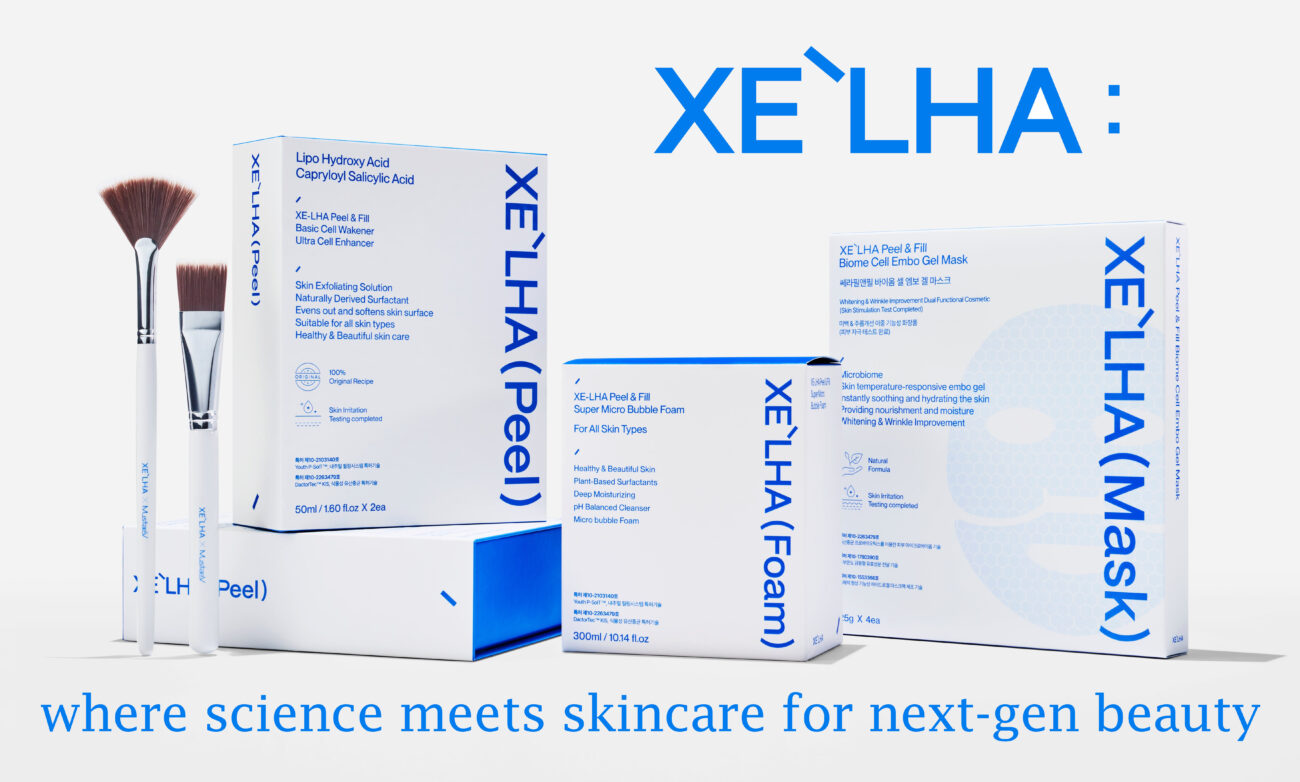





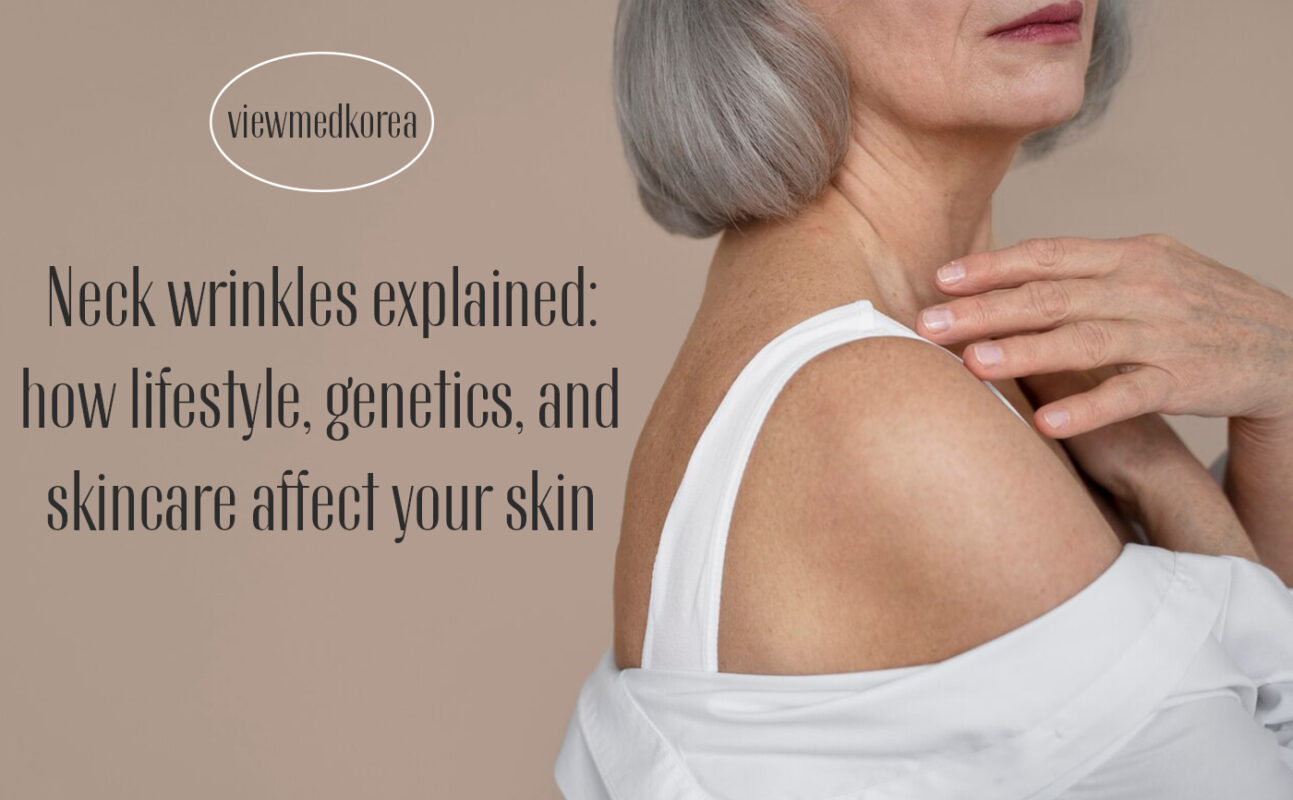

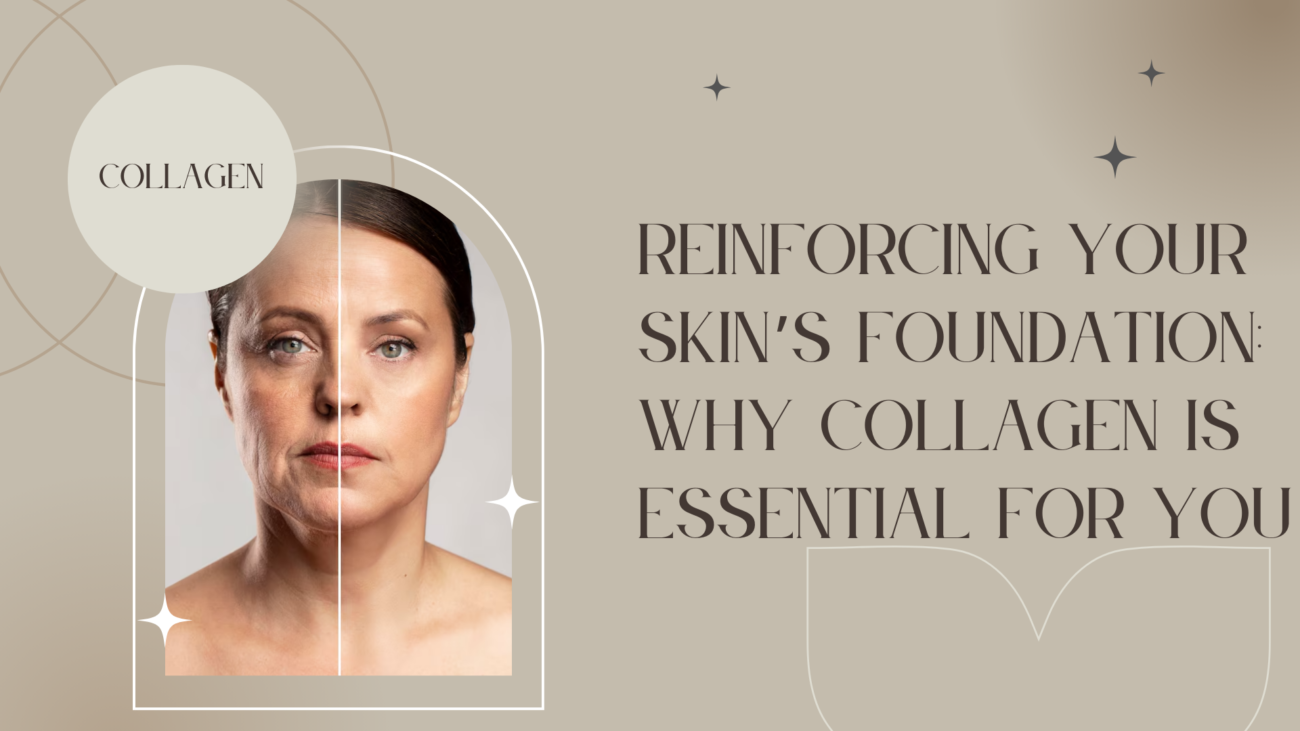

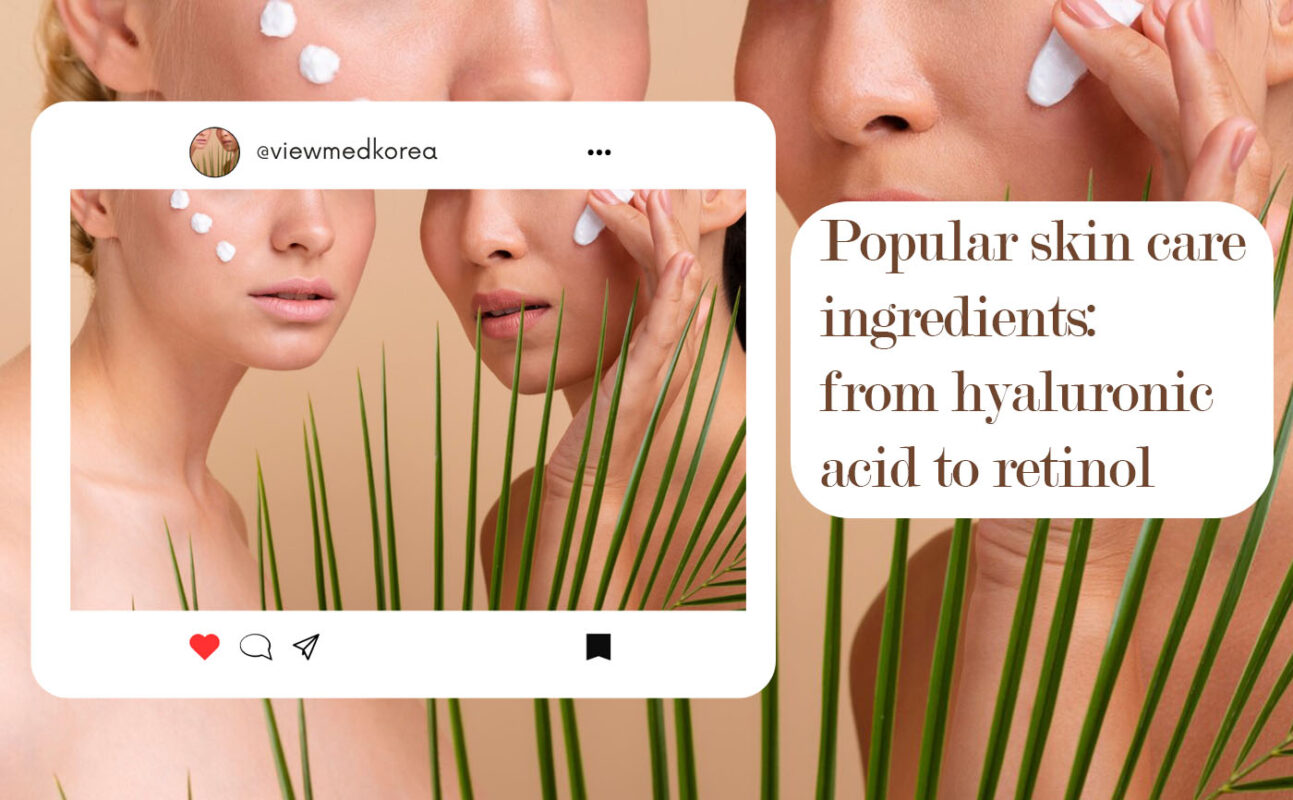
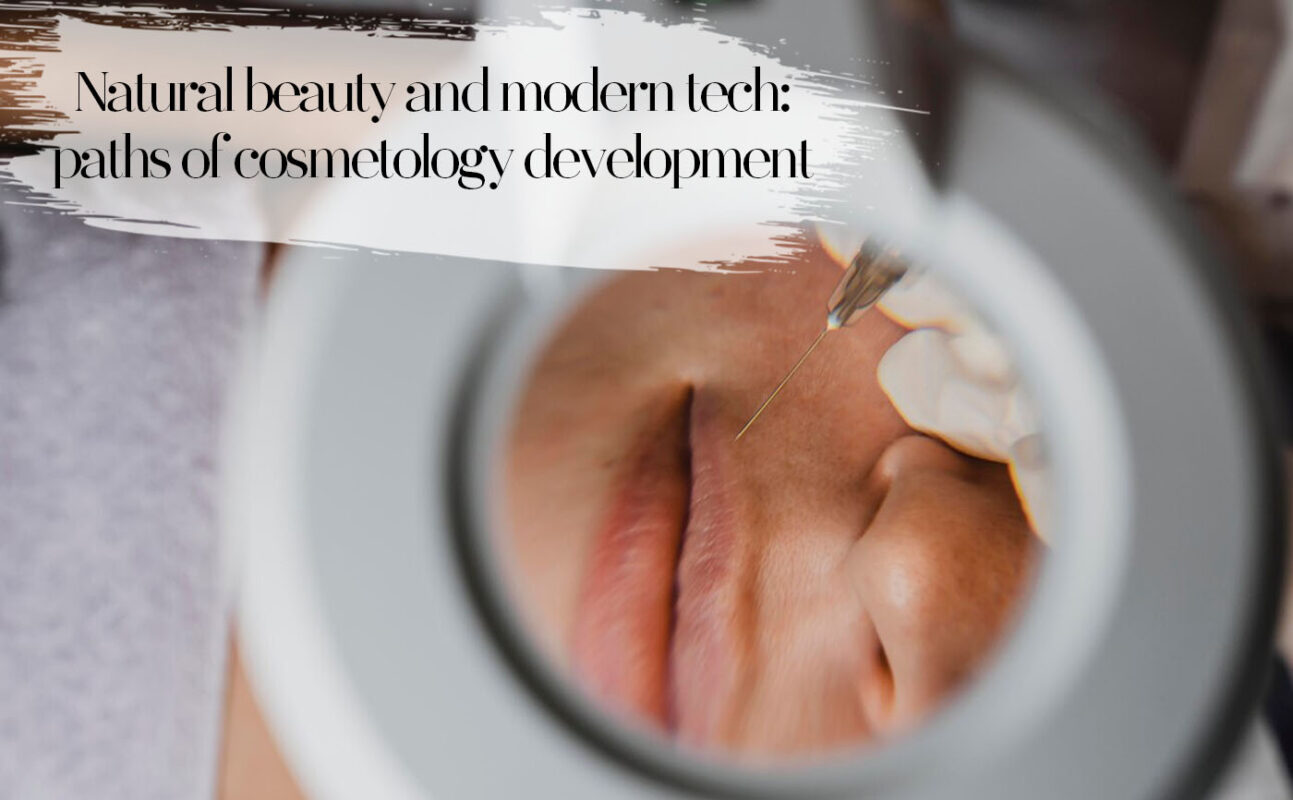
Such a great work behind the brand and I am as always really impressed! Hope they will operate for as long as possible, feels like I cannot live without it